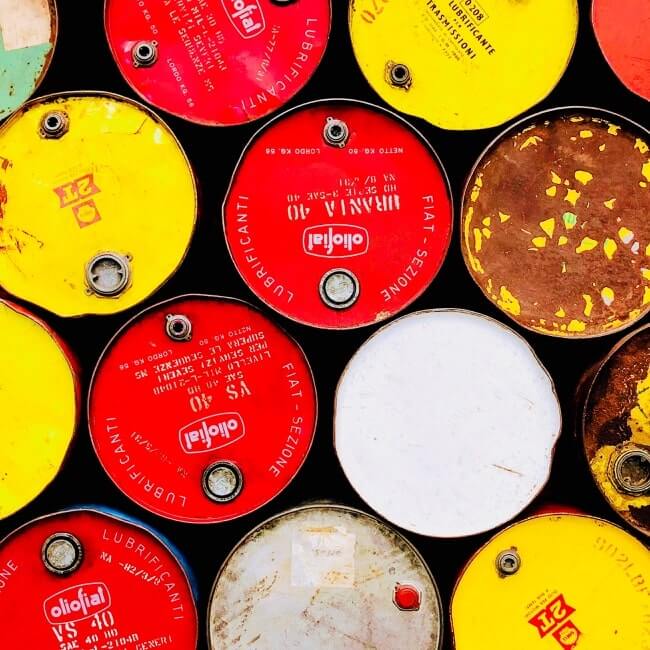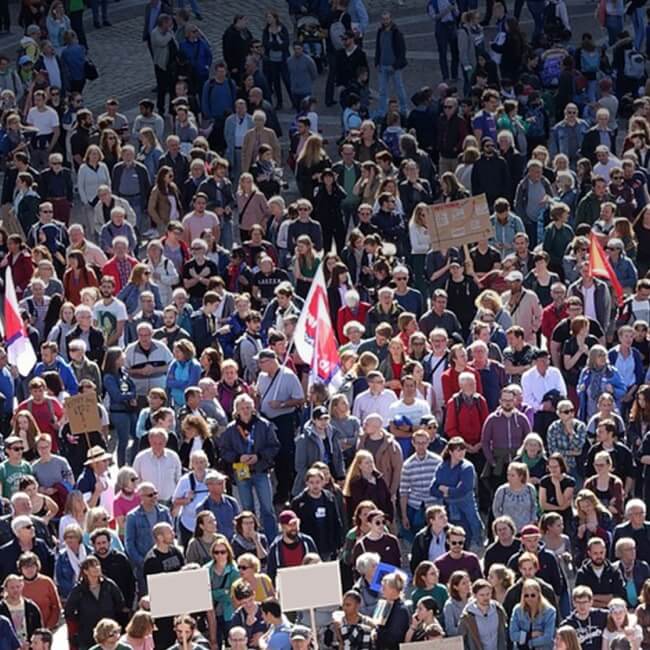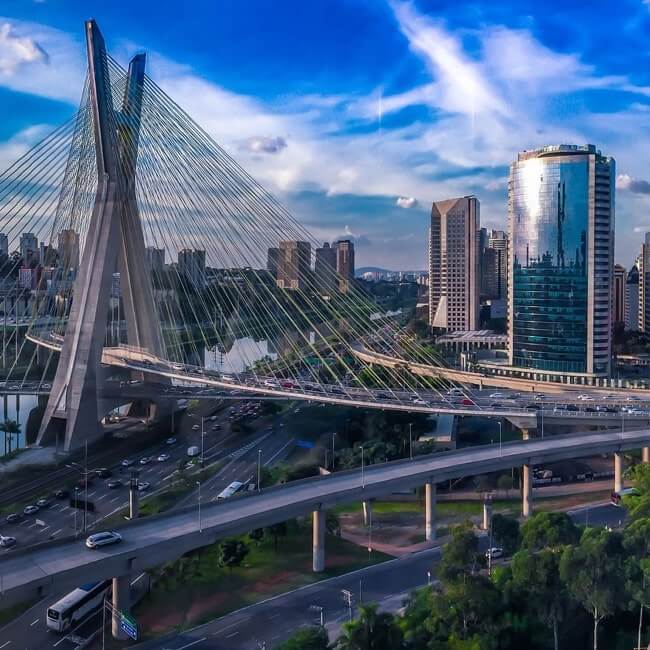How the European Investment Bank is helping LatAm tap its green hydrogen potential

Green hydrogen wheels and cogs are turning in Latin America, a region with abundant clean energy resources.
Projects targeting both the domestic and export markets are advancing.
Chile, Brazil, Colombia are frontrunners, positioning themselves to ride the coming wave, sending out signals to the market via sector strategies and incentives.
The technology and sources of financing are there. Other key parts of the jigsaw puzzle that need slotting in place to unleash the region’s full potential include infrastructure, community engagement, skills development and supply-demand coordination.
Among institutions working to advance the region along the green hydrogen highway is the European Investment Bank (EIB), whose goal, via financing for both the public and private sectors, is helping countries decarbonize their economies and, where sought, supporting their export plans.
To find out about the multilateral’s work in the region and more, BNamericas spoke with María Shaw-Barragán, EIB director of lending for Latin America, Africa and Asia and with Alexandre Staff Varela, head of the lender’s Latin America representation office.
BNamericas spoke with Shaw-Barragán and Staff Varela during H2LAC 2022, an industry event held recently in Colombia, organized by US company New Energy Events and co-hosted by regional development bank IDB. Both Shaw-Barragán and Staff Varela participated in the sector conference.
ALSO READ:
Chile, Europe laying the foundations for green hydrogen exports
Tapping Latin America's clean hydrogen potential
BNamericas: Can you give us a brief overview of the bank’s focus with respect to green hydrogen?
Shaw-Barragán: We work with the public sector – sovereigns and sub-sovereigns – but also the private sector. This is really important, particularly in the context of green hydrogen, because what you need is contributions from both the public sector and the private sector.
We work inside and outside the EU, with our activity outside growing in importance and growing in its alignment with global priorities, European priorities and the priorities of the specific countries where we work.
Talking specifically about green hydrogen, the EU has been at the forefront of all the green hydrogen developments; it has made major commitments in terms of production of green hydrogen – that produced in our territory but also potential imports.
Where the European Investment Bank can come in is in support, with finance, within and outside the EU. We’re very active in both, and at this moment we have a portfolio of signed operations of around US$2bn.
Inside the EU it’s mainly about research and development, supporting innovation to make the best use of green hydrogen. Outside the EU, we’re discussing with quite a few countries production of green hydrogen for their own decarbonization and, potentially, if they are interested, for exports. But the main purpose is their own decarbonization and that is important to note.
BNamericas: Can you talk a little about what you’re doing in Latin America?
Shaw-Barragán: Here in Latin America there’s huge potential, in terms of being a strategic partner of the EU in green hydrogen, starting with the three frontrunners … Chile, Colombia and Brazil.
But we have been identifying 11 countries already in the Latin America and Caribbean region that have a green hydrogen strategy and with whom we are in conversation to see how we can support whatever their needs are at this stage, which might be, at the beginning, technical assistance, helping the government to put in place the environment within which the private sector can then thrive.
And we’re in discussion with a number of private companies, both for green hydrogen production but also for the use of green hydrogen, in terms of green steel, green cement, green fuels – adding value in Latin America, which is then very important for job creation, and to make sure the green hydrogen economy becomes something that benefits the whole population in the region.
BNamericas: Can you give us an example of a financing operation?
Shaw-Barragán: You will see announcements about this coming in the context of COP27; we are for example – in the context of the Team Europe initiative [multi-country development scheme], so together with other European finance actors, in particular German development bank KfW, and with the European Commission that will be providing a grant – going to be providing finance to Chile to support the infrastructure investments they will have to make to facilitate this green hydrogen economy.
BNamericas: Are we talking about the likes of pipelines, for example?
Shaw-Barragán: It can be pipelines, it can be transmission lines, it can be port infrastructure, it can be desalination wherever it is needed, water pipes. But it can also be investments that are softer, in terms of supporting skill-building, training for the local population so they can participate.
Our finance can also be used to make sure that there is a certification system that is clear about what hydrogen is green. It has to be compatible with the region and, ideally, with the EU if you are thinking of exporting to the European Union.
BNamericas: So things are currently in the discussions phase?
Shaw-Barragán: Exactly. That’s where we are, but it should be happening quickly. The part played by the government can kickstart the private sector, so you need to do it early on. We’re also in discussions with a number of states in Brazil, very advanced discussions in some cases, and we have had very promising conversations here in Colombia with the government. Alex will be following up.
BNamericas: Can you say how much you will be lending to Chile?
Shaw-Barragán: The discussions are about, from the EIB, 100mn euros [US$97.8mn], with another 100mn euros from KfW and combined with a grant from the European Commission – if it’s finally approved – of 17mn euros.
They are sizable operations. The investments needed are going to be big and the thing with our finance is that it gives a long repayment term, which then allows the government to have the funds upfront to make the investment and they have the whole life of the investment to generate the revenue to repay the loan.
Staff Varela: Just to complement this, in terms of potential engagement of EIB in the region, we’re talking about 1bn-2bn euros a year in finance. As our main focus is climate, I think we have enough resources to support all the potential projects that will be coming our way in green hydrogen and maybe also complementary technologies to support this energy transition in several countries here.
Shaw-Barragán: Funding will not be an issue. The question is going to be are the right measures being put in place, are the right investments being made … what is important is that we get things right from the beginning and that investments are good ones that can facilitate the private sector.
We’re also engaged in financing for companies, local Latin American companies and European companies. We signed [for example] a loan with Enel Chile for US$300mn in August … for renewable energy generation, mainly wind and solar, but this wind and solar can also be used by Enel in a number of their projects they are looking at in terms of green hydrogen production in Chile. We’re in discussions with other companies to support their own new renewable generation but also acquisition of the electrolyzers that are going to be needed to produce hydrogen and then, depending on the case, maybe for the production of ammonia, synthetic fuels.
BNamericas: So it’s fair to say there is a lot of movement, things happening behind the scenes?
Shaw-Barragán: There’s a lot of interest and on our side there’s a lot of willingness to contribute to this. There’s been a number of pilot projects in Latin America; now the challenge is the move to commercial-scale green hydrogen production.
The issue is about making it in terms that are going to be competitive with the alternative sources of energy, the dirty ones. There, scale makes a big difference.
Many of the projects already under discussion, in the studies phase, are multibillion-dollar projects in terms of total investment. The European Investment Bank will be very happy to contribute, but many others will be needed. There’s going to be a lot of space.
We see our role as accelerating this, being there from the beginning, when maybe others are a bit more reticent … accelerate at the beginning and create confidence in the market.
BNamericas: What types of financing will be needed? Debt, equity, non-recourse, de-risking, for example?
Shaw-Barragán: It’s going to be a bit of all of those.
There’s going to be a lot of need for finance in general. Again, I think where we can make a difference is in finance that is well adapted to the different needs of companies at different points in time. For example, before you start producing, you need to be able to buy the windmills or the electrolyzers. For this you need to make down payments … and in order to make those down payments, you need somebody who is going to finance it and take the risk with you.
What we can provide is this early on, high risk-taking capacity at the beginning, and then convert it into a more standard corporate or project finance operation.
It’s about providing the financial instruments needed by companies at different points in time.
BNamericas: Can you tell us about any specific green hydrogen projects currently being considered?
Shaw-Barragán: We can’t mention particular names until they are fully approved by our governing bodies, but I can tell you that, in Chile, they have selected a number of big projects, and the government and we are in discussions with many of the promotors of these projects.
Staff Varela: It’s a model that we’re seeing in many countries. We are in discussions with the government to support its actions and in parallel we’re already discussing with the private sector the individual investment and projects. The other thing we can help with is access to European suppliers.
BNamericas: What are the biggest hurdles for Latin America today?
Shaw-Barragán: The potential [of the region] is huge and the momentum is huge. In terms of hurdles, it is important that this momentum results in actions. Green hydrogen is going to become a global market and those that are the first movers will have an advantage. We see, right now, the right steps being taken in a number of countries in Latin America, but it is important that this continues, and this requires a lot of government effort.
Continuing the fast pace but at the same time taking care of involving society and ensuring there is enough training, that local SMEs can participate in this economy, is a challenge and its important this is done properly … you really need to do community involvement.
Then there’s the question of certification. We consider that it is going to be extremely important. Because there’s no point in producing this hydrogen and not being able to certify that it’s green in accordance with quite a number of criteria. It’s not just the source of energy … have you been taking care of environment issues around it [for example]?
BNamericas: Since there are congestion issues already in the region, should governments also focus on power transmission?
Shaw-Barragán: Yes, but governments know how to do it; transmission lines are not rocket science anymore. It’s really about an integrated approach, doing studies about what is needed and not duplicating infrastructure. That wider planning at government level is going to be extremely important.
BNamericas: Any final thoughts on green hydrogen?
Shaw-Barragán: Green hydrogen is the future for decarbonizing certain parts of energy use, so for transport and the hard to abate industries. What I mean is that green hydrogen is not the only technology for the future. We need to keep producing renewable energy … and then there is the question of batteries. It’s with a mix that we will get the right approach.
BNamericas: Beyond green hydrogen, what is the bank’s focus in the region?
Staff Varela: We support everything that is climate, everything that contributes to fighting climate change that is already happening in the region. Adaption is a key element of the EIB’s contribution to countries in the region. We can mention renewable energy and energy efficiency, together with public transport, mainly metro systems in the large capitals, where we have been participating in nearly all the projects.
Water and sanitation, in terms of supplying water to communities and treating water … environmental protection and reforestation; we try very hard, sometimes it is difficult to find projects in this area, but we have been following some leads in Peru, Brazil, and hopefully one day we will be able to square a project in this area.
We don’t have a [financing] limit per country per year. We work on a first-come, first-served basis for projects.
Shaw-Barragán: It’s really about reaching out to as many countries as possible.
Subscribe to the leading business intelligence platform in Latin America with different tools for Providers, Contractors, Operators, Government, Legal, Financial and Insurance industries.
News in: Electric Power (Mexico)
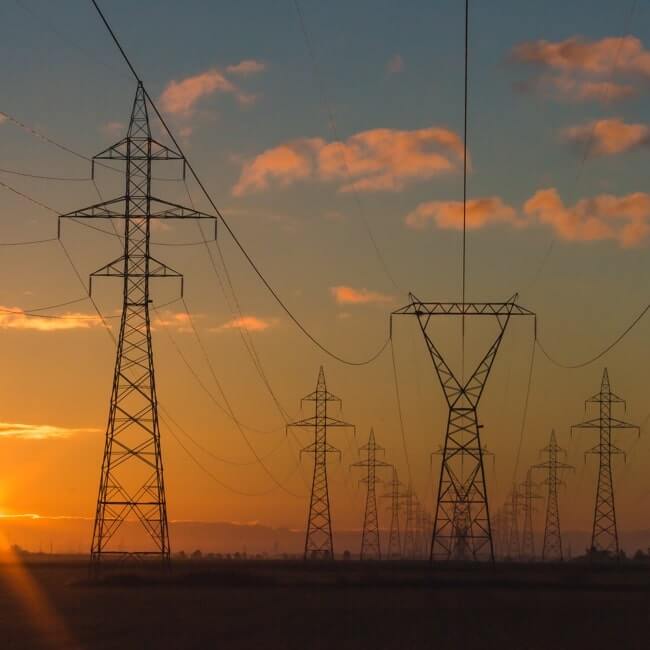
CloudHQ breaks ground on power infra for Mexican datacenter campus
The full campus will include six buildings, each with 48MW of IT capacity, for a total IT load of 288MW.
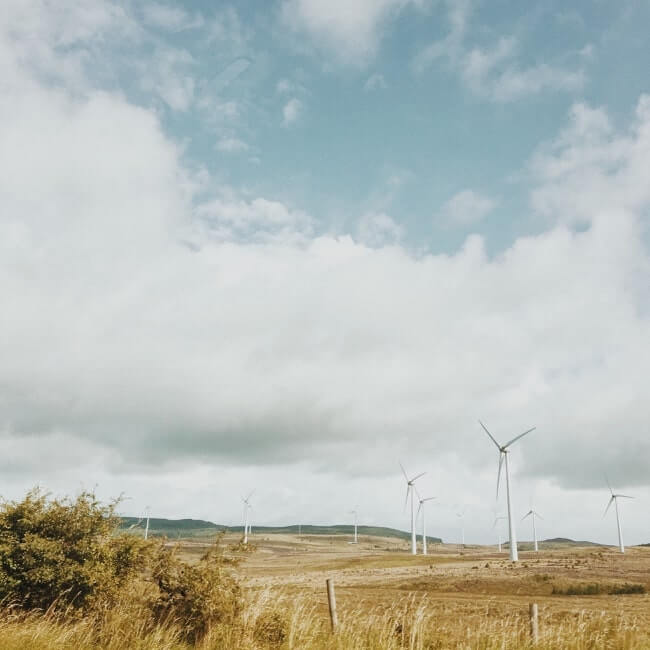
Trina Storage consolidates its leadership in energy storage in Latin America and the Caribbean: Tier 1 recognition ...
Innovation and operational excellence drive Trina Storage’s continued leadership in the energy storage industry.
Subscribe to Latin America’s most trusted business intelligence platform.
Other projects in: Electric Power (Mexico)
Get critical information about thousands of Electric Power projects in Latin America: what stages they're in, capex, related companies, contacts and more.
- Project: Palma Loca solar park
- Current stage:

- Updated:
3 weeks ago
- Project: Ecowind wind farm
- Current stage:

- Updated:
3 weeks ago
- Project: Riviera Maya combined cycle plant (C.C. Valladolid)
- Current stage:

- Updated:
3 weeks ago
- Project: Salamanca combined cycle plant (CCC Salamanca)
- Current stage:

- Updated:
3 weeks ago
- Project: Francisco I Cogen Plant
- Current stage:

- Updated:
3 weeks ago
- Project: Hercules I Solar Park
- Current stage:

- Updated:
4 weeks ago
- Project: Hercules II solar park
- Current stage:

- Updated:
4 weeks ago
- Project: Sonora - Baja California Transmission Line
- Current stage:

- Updated:
4 weeks ago
- Project: Ceboruco geothermal project
- Current stage:

- Updated:
4 weeks ago
- Project: Mexicali Volta Electric Energy Storage System
- Current stage:

- Updated:
4 weeks ago
Other companies in: Electric Power (Mexico)
Get critical information about thousands of Electric Power companies in Latin America: their projects, contacts, shareholders, related news and more.
- Company: Mareterra Consultores
- Company: IGSA, S.A. de C.V. (Grupo IGSA)
-
The description contained in this profile was taken directly from an official source and has not been edited or modified by BNamericas researchers, but may have been automatical...
- Company: Avanzia Instalaciones, S.A. de C.V. (Grupo Avanzia)
-
Avanzia Instalaciones S.A. odeC.V. (Grupo Avanzia) is a Mexican subsidiary of Spanish company Cobra Instalaciones y Servicios S.A. (Grupo Cobra). It is dedicated to construction...
- Company: Mexico Infrastructure Partners (MIP)
- Company: BASF México, CA & C (BASF México)
- Company: Siemens S.A. de C.V. (Siemens México)
-
Siemens S.A de C.V. (Siemens Mexico) is the local subsidiary of German technology company Siemens A.G. With headquarters in Mexico City, the company has been present in the coun...
- Company: CFE Distribución
-
The description included in this profile was taken directly from an official source and has not been modified or edited by the BNamericas’ researchers. However, it may have been...
- Company: Desarrollos Solares PV de México III, S.A. de C.V. (Desarrollos Solares PV de México III)
-
The description included in this profile was taken directly from an AI source and has not been edited or modified by BNamericas researchers. However, it may have been automatica...

